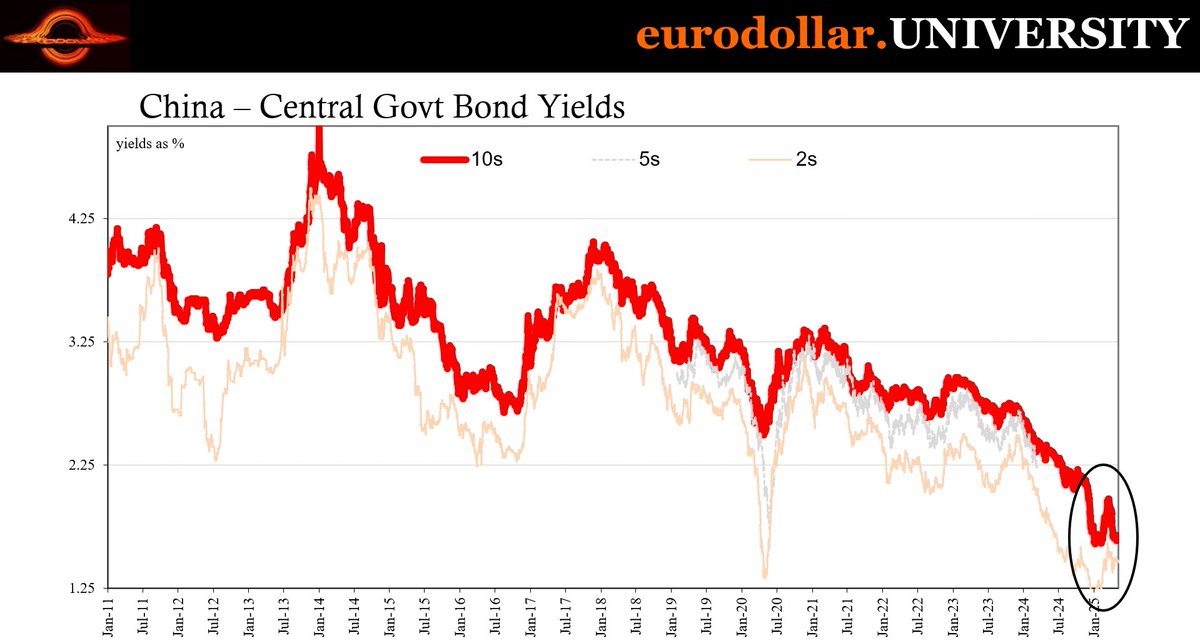
Jeffrey P. Snider
@jeffsnider_edu
Host Eurodollar University channel. Monetary science reborn. Putting central banks where they belong.
ID: 2511153668
https://linktr.ee/eurodollaruniversity 20-05-2014 18:49:09
12,12K Tweet
129,129K Takipçi
914 Takip Edilen






















